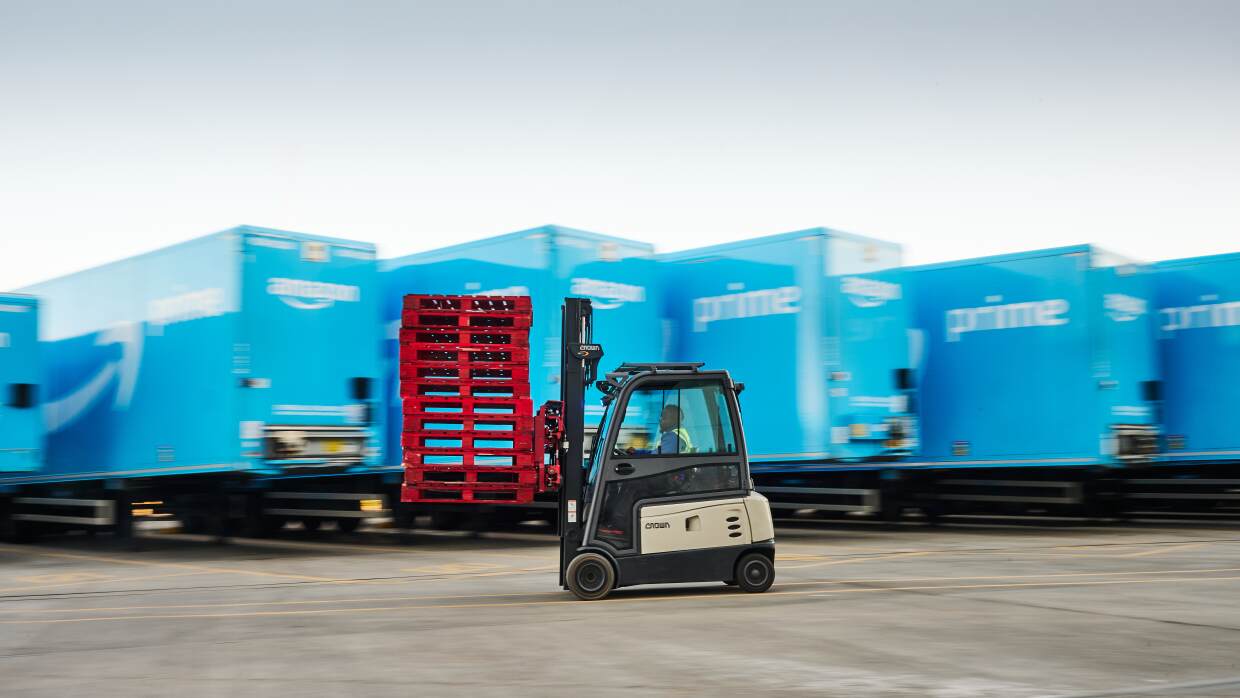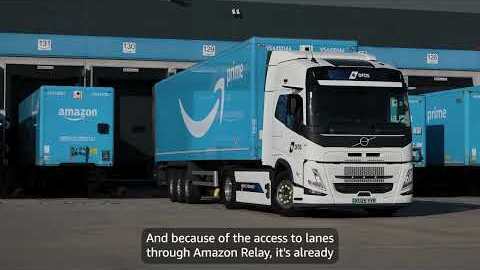What is freight logistics and why is it important?
Freight and logistics are terms often used interchangeably to refer to freight logistics. However, freight logistics refers specifically to planning, managing and overseeing freight operations in a cost-effective, sustainable and streamlined manner. In short, it ensures that freight loads reach their destinations safely, efficiently and on time. It entails managing freight loads in an organised, coherent way to stay competitive and ensure customer satisfaction. There are three types of freight logistics:
- Inbound logistics: Inbound logistics encompass all the ways in which materials are supplied into a company: ordering, receiving, storing, transporting and managing incoming deliveries are all components of inbound logistics.
- Outbound logistics: Meanwhile, outbound logistics refers to the demand side of the supply-and-demand equation and encompasses storing and delivering goods to the end user. Key considerations include warehouse, storage, and inventory management; transportation; delivery; and delivery optimisation.
- Reverse logistics: The final form of logistics is reverse logistics, which involves shipments from the customer back to the shipper. For example, products that need to be returned or recycled will move backwards through the supply chain from the end user back to the original destination. This process offers shippers a way to lower their carbon footprints and enhance customer satisfaction.

Understanding the importance of freight logistics
Smooth, reliable shipping processes rely almost entirely on airtight freight logistics—shippers, carriers and customers alike are affected by its role in overall operations. Freight logistics isn’t just about having control over day-to-day processes; it’s also about preventing issues in the supply chain before they arise and being prepared to deal with them if and when they do. Delays or disruptions to freight can be disastrous for businesses, often harming sales and increasing overheads. It’s essential that supply chain managers and logistics professionals have dependable contingency plans in place by investing in freight logistics.
Key components of freight logistics
Freight logistics comprises several different aspects of shipping. Logistics managers and supply chain managers must be proficient in each component to build a well-rounded logistics plan.
Transportation
Transportation—moving goods from their place of origin to their destination—is the primary pillar of freight. This involves choosing the best route and shipping mode for different loads. Considerations include costs, international customs procedures, tariffs, speed, distance and any relevant regulations. Logistics can be monitored and managed by handling billing, tracking shipments and reporting on performance.
Warehousing
Storing goods requires significant logistics planning. How, where and for how long goods are kept—as well as specific storage requirements—should be front of mind for logistics and supply chain professionals. Products need to be available and in perfect condition as soon as they’re needed.
Inventory management
The freight sector experiences significant peaks and lulls depending on the season. To prepare for these peaks and keep profits high during the lulls, companies should invest in inventory management techniques as part of their overall freight logistics procedures. This involves keeping track of inventory turns and comparing product performance across different stores and regions. Logistics managers can then make decisions about where to move inventory to get the best return on investment.
Order fulfilment
Order fulfilment is the process of picking, packaging and labelling packages before they are shipped to customers and the transaction is considered complete. There are five steps of order fulfilment:
- Incoming goods are shipped to the warehouse from manufacturers or sellers
- The distribution centre receives the inventory
- Short-term storage of goods in a warehouse is arranged
- Orders are processed, picked and packed
- Processed orders are shipped to the end user
Order fulfilment is built upon a combination of freight logistics components. Logistics managers must draw on these other components to complete the transaction.

Amazon Freight’s role in optimising freight logistics and transportation
Amazon Freight plays a vital role in freight logistics throughout the EU. Our extensive road transport network covers a significant area of the EU, allowing for fast, seamless deliveries throughout the country. We utilise the latest technology in our freight logistics and transportation processes to reduce delays and optimise our operations; data and real-time tracking enable us to plan the best routes and provide reliable delivery schedules.
We believe in making the freight shipping process as simple as possible for our customers. We partner with leading logistics providers to give our customers peace of mind, connecting quality transportation with logistics managers who can optimise the entire delivery process from warehouse to customer.
To learn more about our role within freight logistics and transportation, click here.











![Cargo freight forwarding services with Amazon Freight[1].jpg](https://assets.aboutamazon.com/dims4/default/05f42de/2147483647/strip/true/crop/1320x743+0+0/resize/480x270!/quality/90/?url=https%3A%2F%2Famazon-blogs-brightspot.s3.amazonaws.com%2Fa8%2Feb%2F621a1db74c67b3ea5e3b20bb7ab2%2Fcargo-freight-forwarding-services-with-amazon-freight1.jpg)
